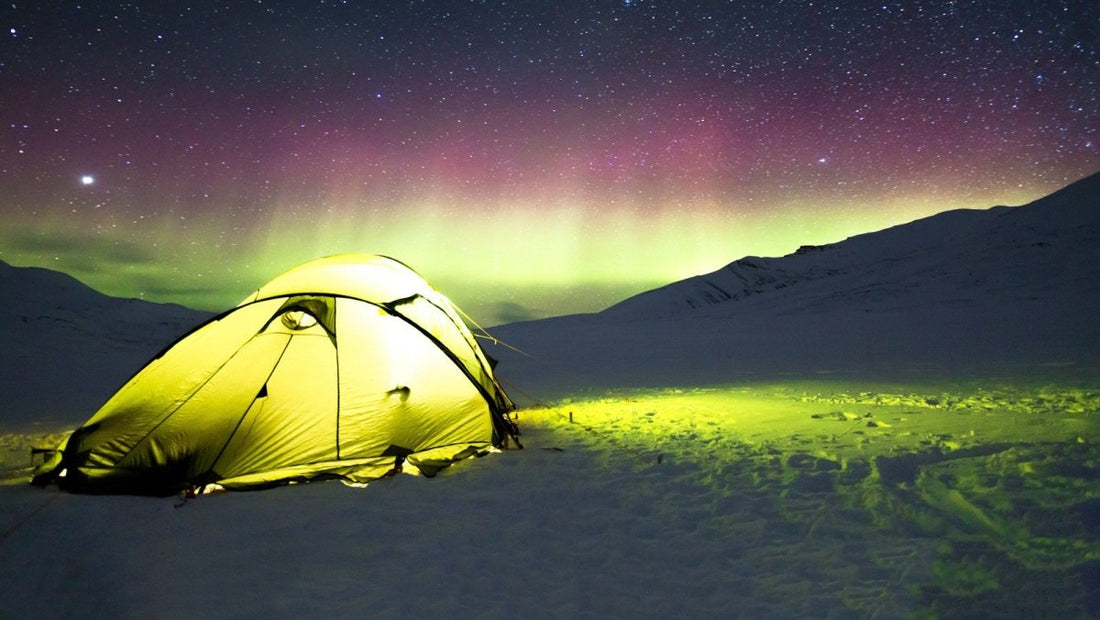
11 Tips for Winter Camping and Backpacking
Winter is a great time of year to go camping or backpacking
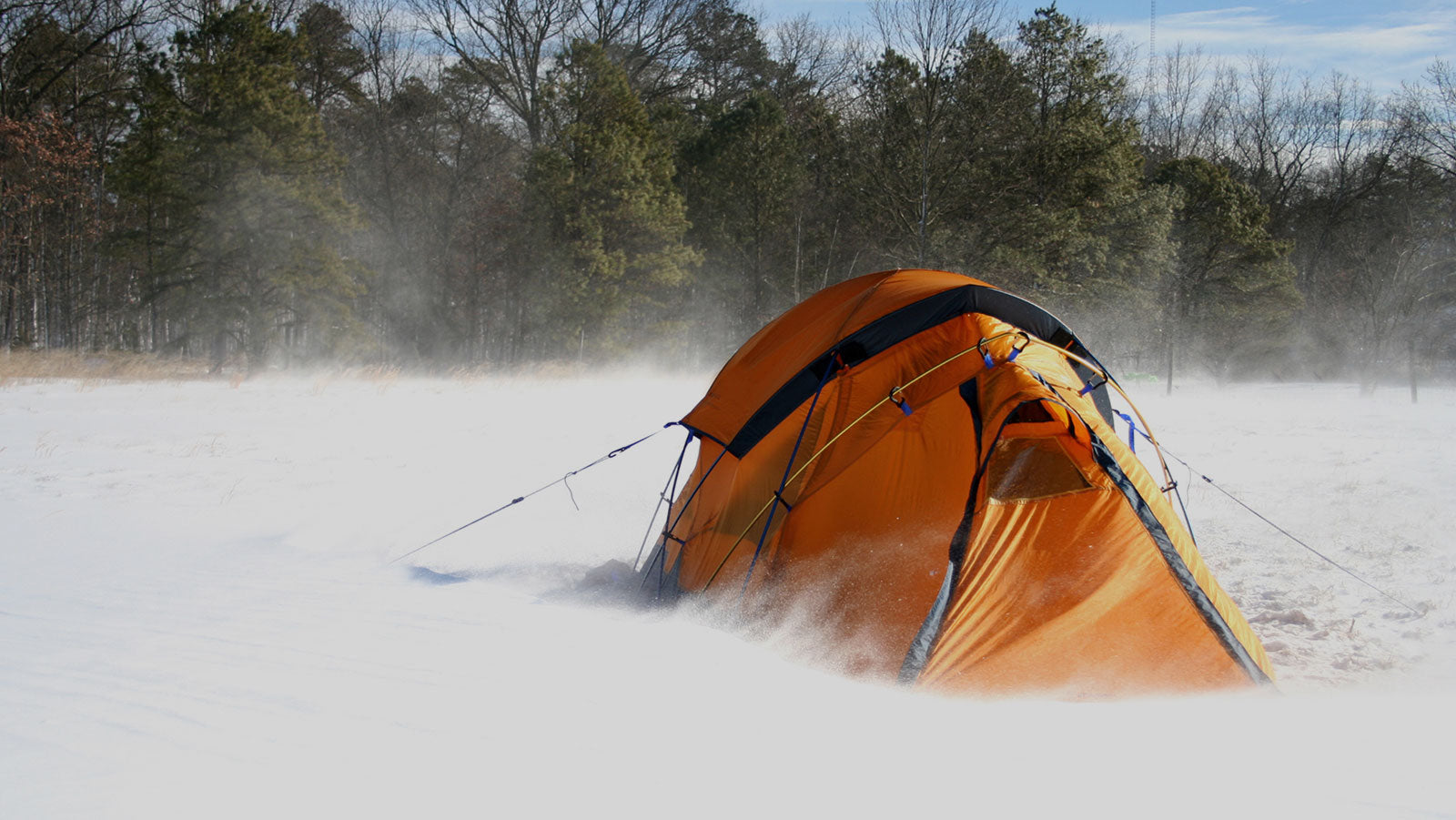
Winter can be one of the most beautiful times of the year to go camping or backpacking. For those less experienced with winter camping, the idea of braving the cold can be daunting, but with a little preparation and a few tricks winter camping can be an epic adventure. We've gathered 11 of our favorite tips and tricks that have helped us stay warm and happy on many winter camping and backpacking trips.
1. Pre-Trip Safety

2. GPS for Trail Finding
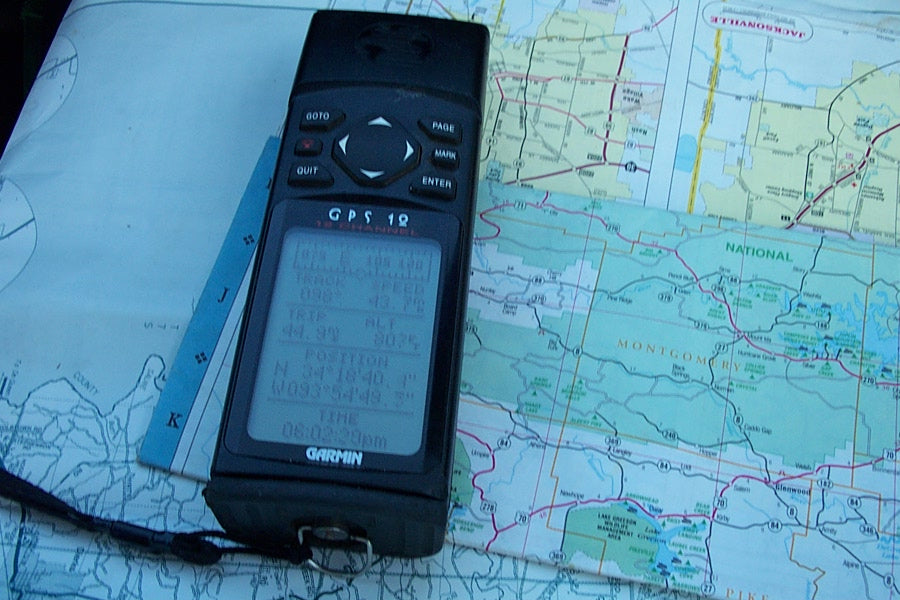
A blanket of winter snow can make even a familiar trail look foreign. Be sure everyone in your group has a map and is familiar with backcountry navigation. We highly recommend bringing a GPS with extra batteries (lithium batteries work best at cold temperatures). If you lose the trail your GPS and map can help you get back on track.
Warning: Do not simply follow the tracks of another hiker. They may not lead to your destination.
3. Warm Clothing and the Layer System
Be sure to pack enough layers and clothing to stay warm. Feeling cold can be miserable, not to mention the risk of hypothermia and frostbite, so pack more than you think you need. You should dress in 3 layers: a base, a mid, and outer. While hiking you can take off a layer as needed so you don't overheat and start to sweat. Then when you take a break or get to camp put back on a layer to stay warm as your body cools down.
4. Keep Your Feet Warm
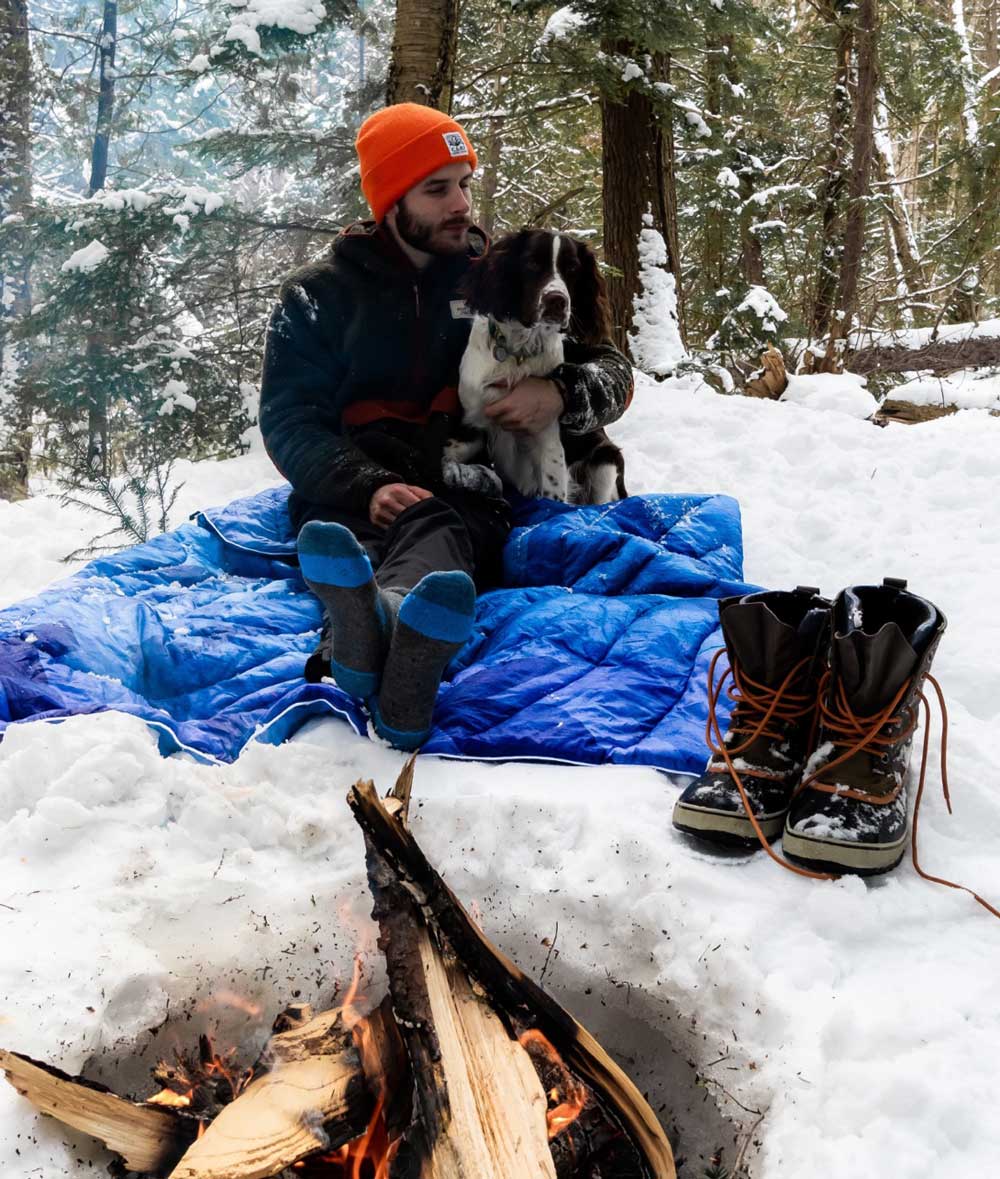
Invest in a pair of insulated winter boots and extra warm heavyweight merino wool socks. Make sure that your insulated boots are waterproof and fit a little looser than your summer hiking boots. You want to have room for thicker winter socks, or for doubling up a couple pairs of hiking socks for warmth. Lastly, bring extra pairs, just in case your feet get wet.
Pro-Tip: If your boots have a removable liner or insole, remove them and sleep with them in your sleeping bag. If not, place your boots in a waterproof bag and sleep with the bag at the bottom of your sleeping bag. Stuffing your feet into frozen boots in the morning is miserable.
5. Snowshoes, Cross Country Skis, and Sleds
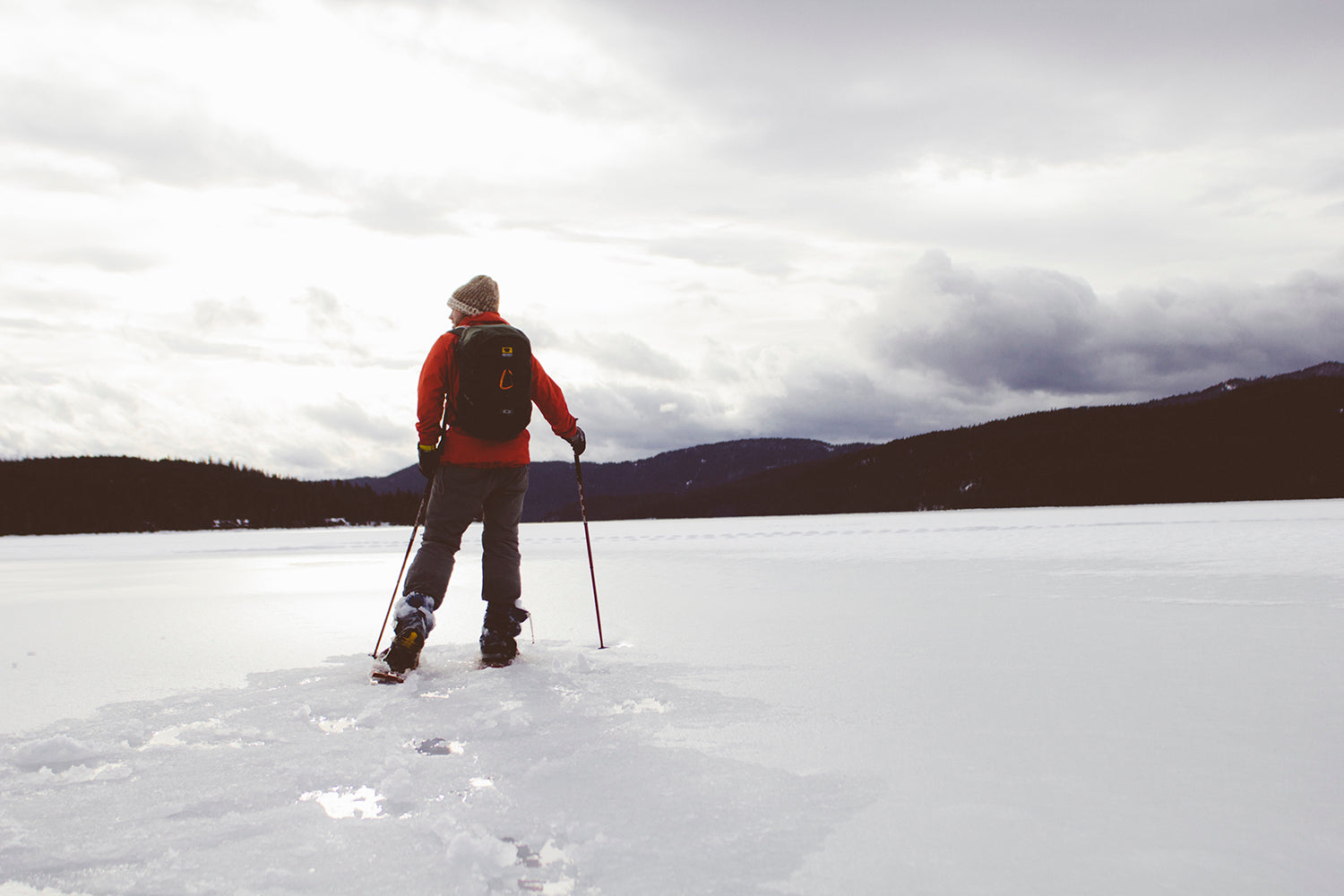
No, not that kind of sled, but a sled that can carry your gear. One of the great things about backpacking in the snow is being able to carry less gear on your back. Combine a sled with a pair of cross-country skis or snowshoes and you are ready to cover some serious ground in the snow.
6. Compact the Snow Under and Around Your Tent
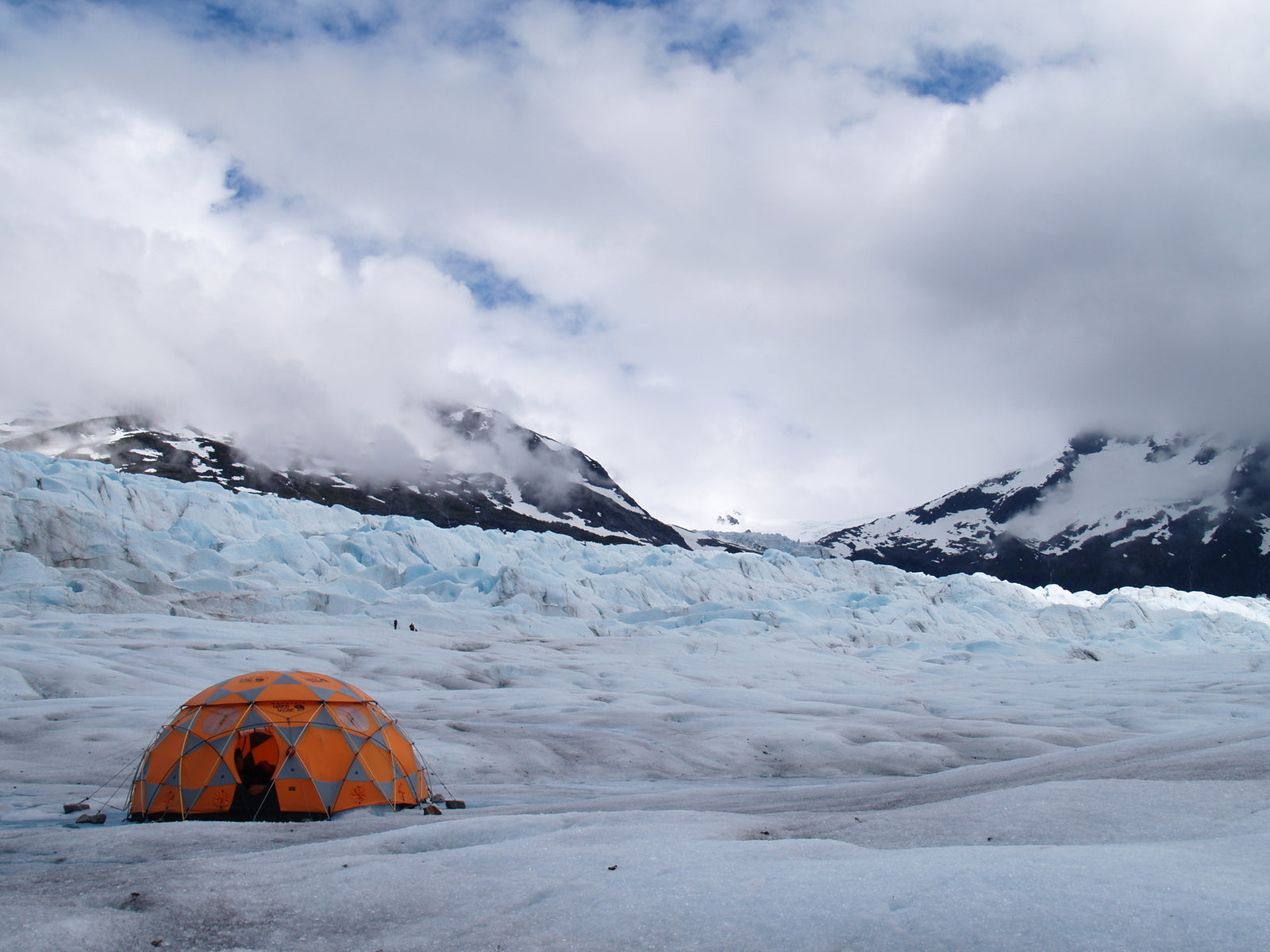
Before you set up camp, be sure the area is free of avalanche danger, then pack down an area of snow big enough for your tent and gear. If you are wearing snowshoes or skis it will be fastest to use them to stomp the snow until it is compact. This will make your camp easier to walk around, keep your gear dryer, and prevent uncomfortable depressions from forming under your tent.
Pro Tip: After compacting the snow, wait 20-30 minutes and the compact area will start to harden and freeze allowing you to walk around without creating sinkholes.
7. Invest in the Appropriate Sleeping Bag and Pad
Bring a sleeping bag that is rated 10°F or more below the coldest temperatures you will encounter. Warmer is always better. You will also want to bring a good sleeping pad to insulate your body from the snow. Sleeping pads are rated with R-values from 1.0 - 8.0. The higher the R-value the better. Winter sleeping pads usually have an R-value higher than 4.0. We pack an inexpensive closed cell foam pad and an inflatable sleeping pad, then double them up for maximum insulation and comfort.
Pro Tip: For extra warmth, invest in a sleeping bag liner. A good liner can add up to 15°F of warmth to your sleeping bag.
8. Boil Water or Snow for Drinking
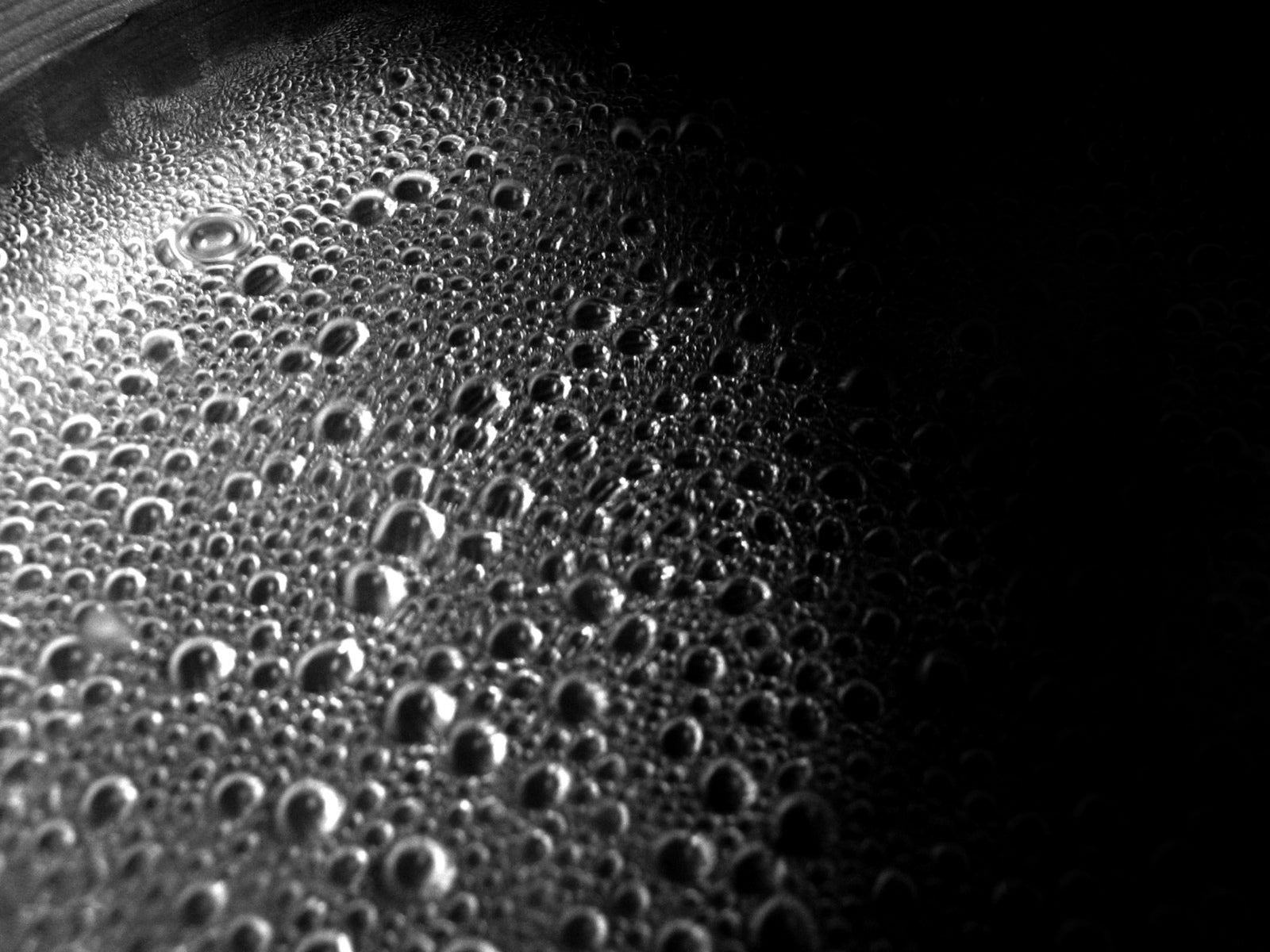
Boiling water or snow is the best way to purify drinking water in the winter. Freezing temperatures will crack your mechanical backpacking filter, rendering it useless. The cold also slows chemical water treatments and reduces their effectiveness. Don't just melt the snow, be sure to boil it for at least 1 minute (if you are above 2,000 ft boil for at least 3 minutes) before drinking.
9. Boost Calorie Intake with Butter

In the cold, your body will burn more calories to stay warm. One easy trick to add calories is to add a few tablespoons of butter to your warm meals. This works great with Oatmeal at breakfast or Dehydrated meals at dinner.
Pro Tip: For vegan adventurers substitute coconut oil.
10. Bring a Candle Lantern
Carefully hanging a candle lantern from the ceiling of your tent will add warmth and reduce condensation. Be sure that the candle is far enough away from the ceiling to prevent the risk of fire. You can find specially designed tent lanterns at your favorite outdoor store. Just be sure to read and follow the safety precautions listed on the packaging!
11. Use a Pee Bottle at Night (Trust Us It's Not Weird)
You're tucked snuggly into your warm sleeping bag, it's 3 am and nature is calling, the last thing you want to do is gear up and leave the tent to pee. Pee Bottle to the Rescue! Just be sure it is clearly marked, and preferably a different style bottle from your water bottle. The only thing worse than having to brave the cold to pee is accidentally drinking from your pee bottle!
Pro Tip: Using a pee bottle is a little more tricky for female campers, but there are a variety of specialty products available to address this.
Stay Warm Out There
We hope these tips help keep you warm on your next adventure. Remember that winter camping and backpacking is serious business and prepare thoroughly, dress warmly, check the weather, and most of all have a great time!
Do you take hiking photos with your iPhone? Read 15 Tips for Better iPhone Photos.

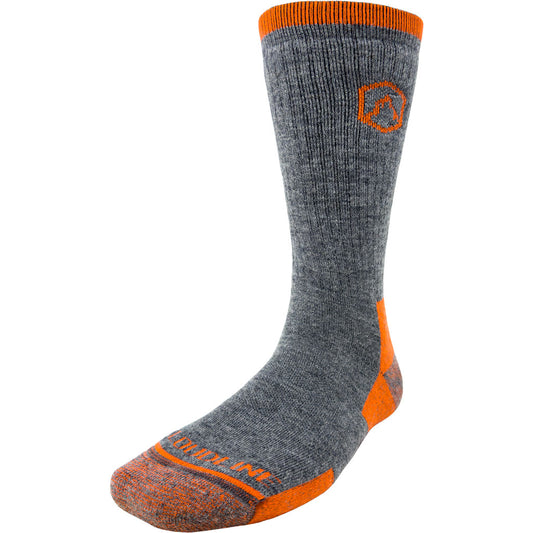
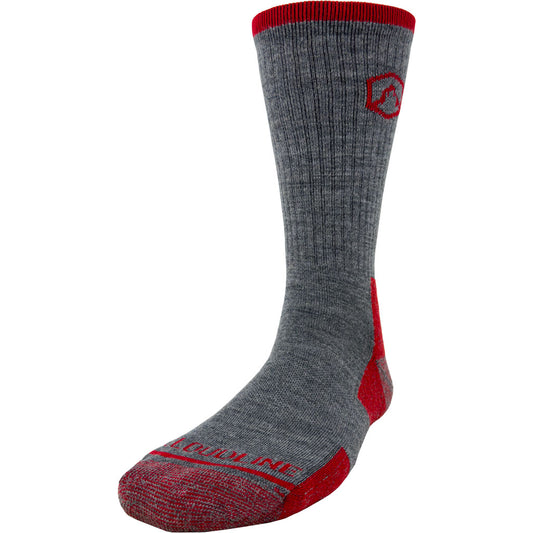
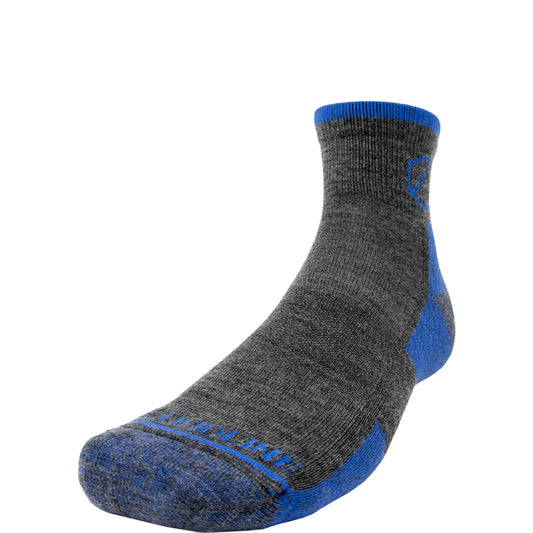
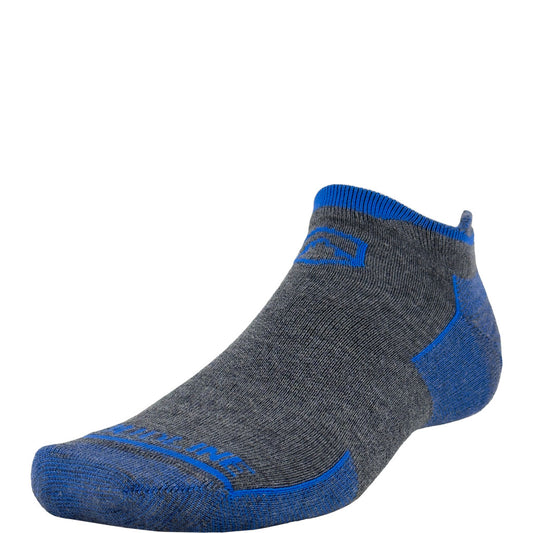
6 comments
Everyone is different and so the cold can affect each of us differently – so many factors come into play including what you ate, how fit/how tired you are, hydration and on and on – if you’ve never camped in the winter before, ease into it by camping late fall/early spring first. My coldest overnight so far was -11 F in the late 1970s and due to good weather, did not seem really that cold. Tip: Don’t leave your leather boots outside when it gets that cold! They can freeze solid and require lots of time to unfreeze until you can even get your feet in them, and then it’s cold, cold, cold for a looong time! Don’t ask me how I know…
nice basic information, but are you sure that using a candle lantern will reduce condensation because the resulting products of the chemical reaction of a burning process would be CO2 and H2O… Nevertheless I use a candle lantern either
Some good, basic tips here. But why boil the water if you’re melting snow? As Frank Zappa said, don’t eat yellow snow. And if you melt clean white snow it should be good enough to just melt it. If you gonna boil a minimum of two liters a day ( you need at least so to stay hydrated, probably a lot more) you will need to bring a LOT of fuel.
I’ve got about ten years of excperince from Norwegian Army, doing SF and long range recce operations in cold weather, never bothered with boiling the water. In fact, we used to melt snow in a bottle that we kept under the jacket while skiing.
Seriously! Winter camping isn’t a major deviation from the rest of the seasons unless one isn’t taking their back country experience serious.
Great information.